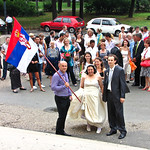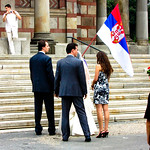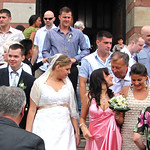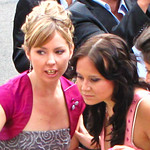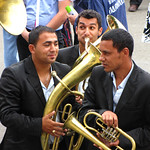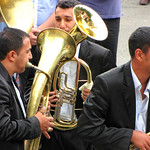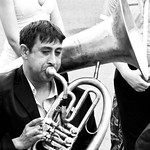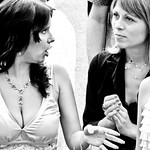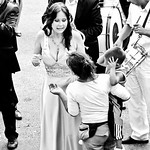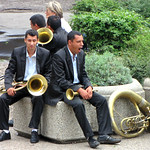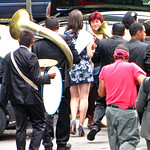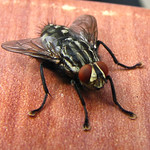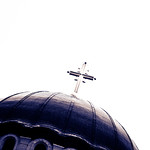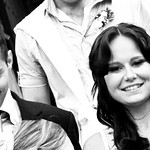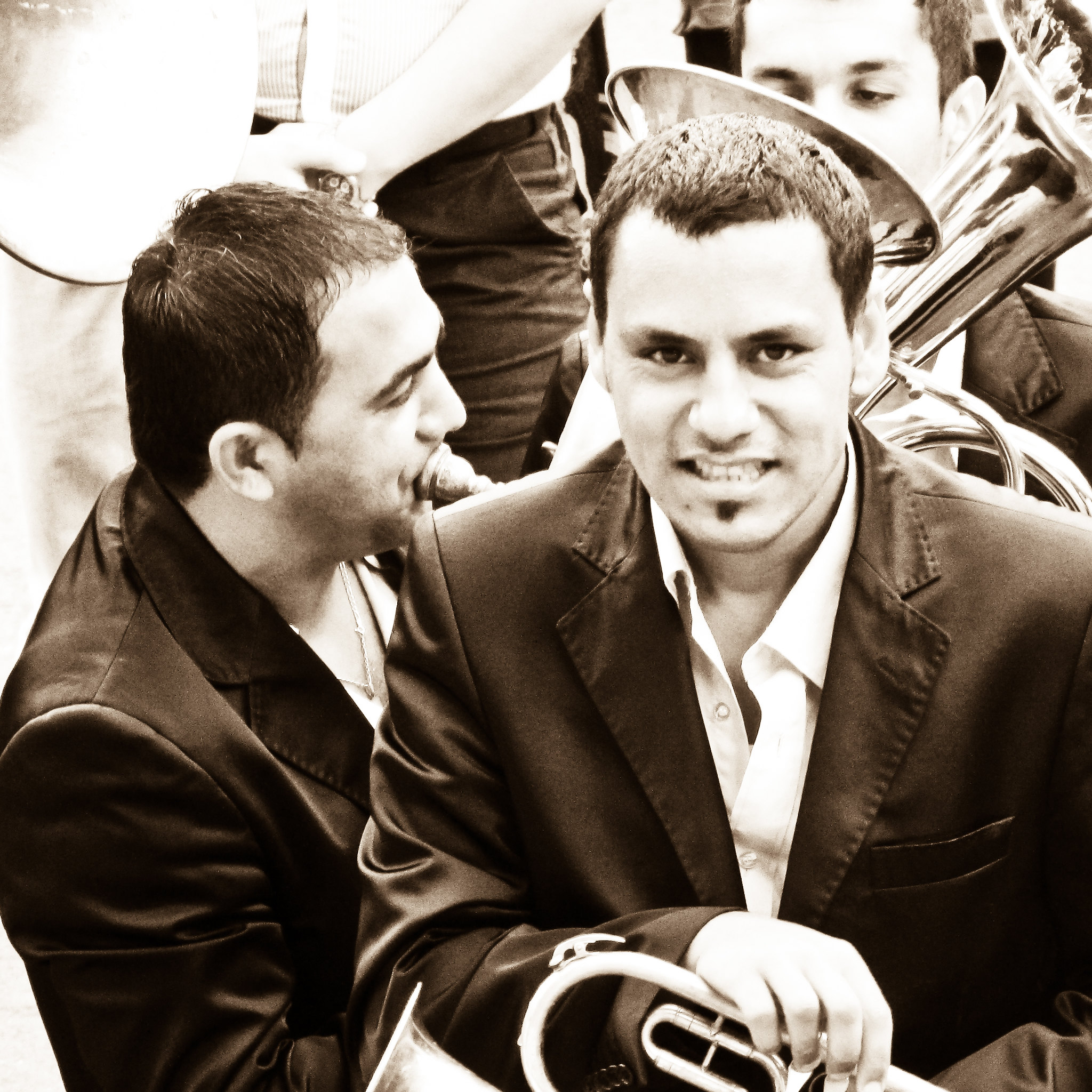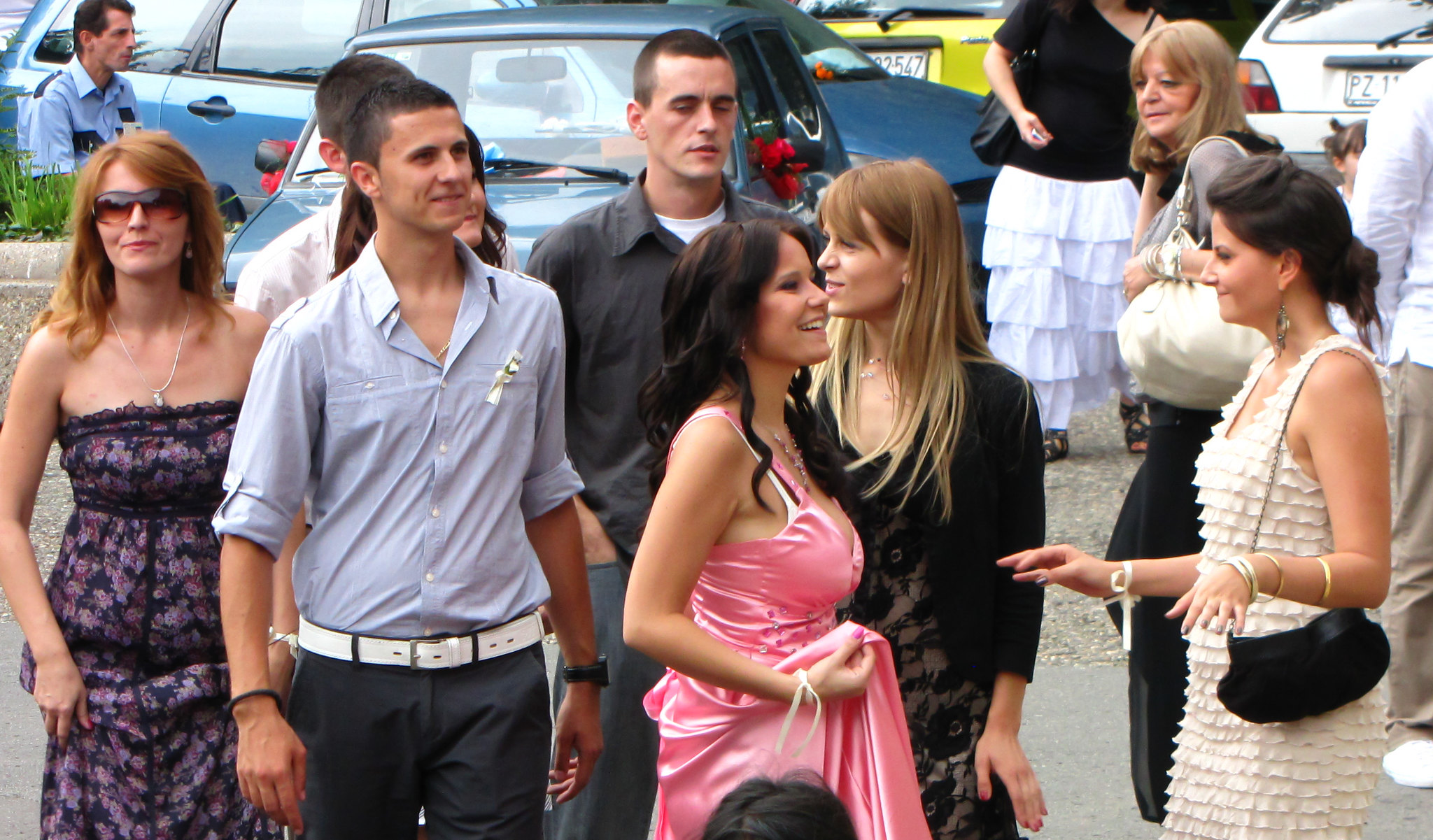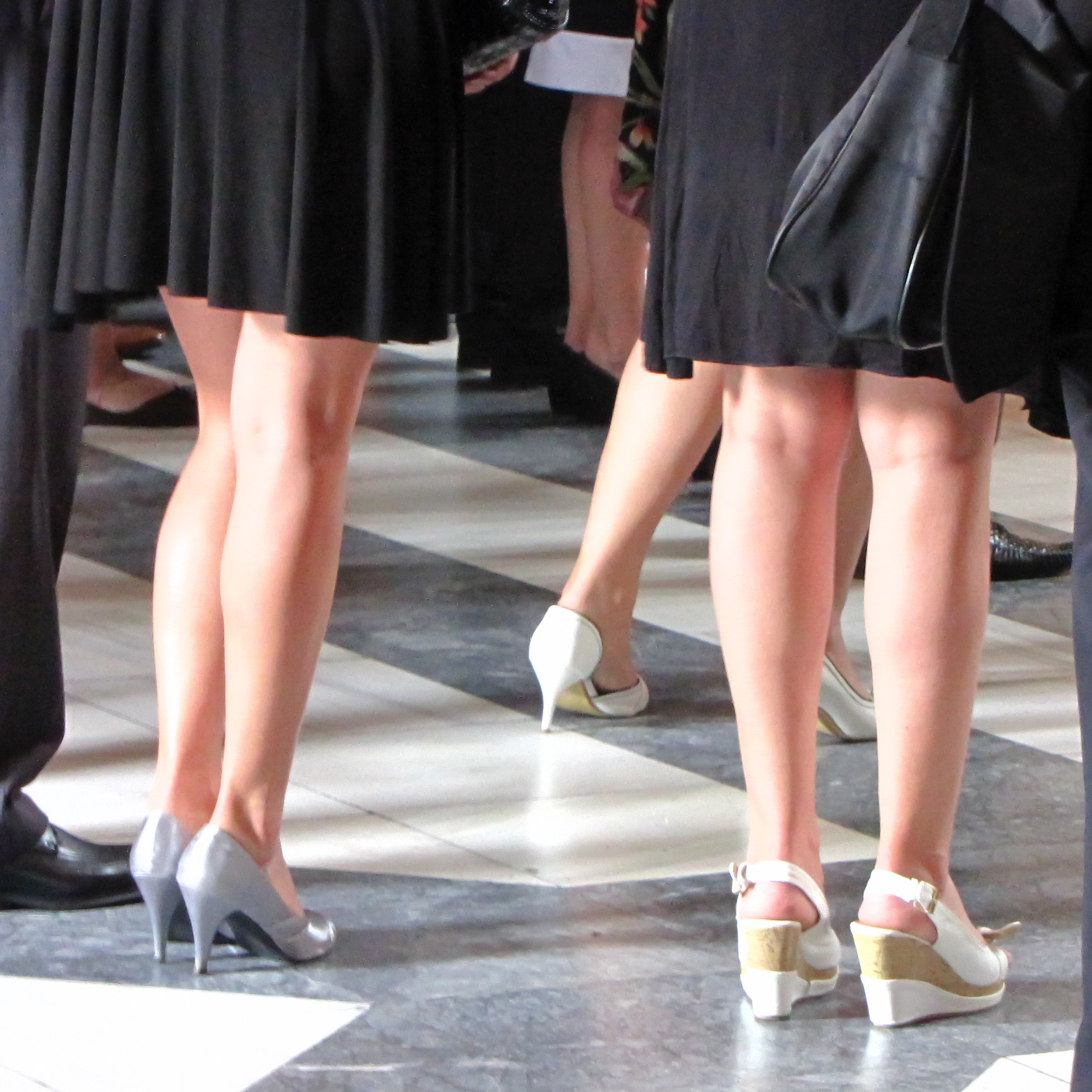A wedding in Belgrade
We started our first day in Belgrade with an unreasonable dosage of rain. Just after visiting what is claimed to be the largest orthodox cathedral in the world, the St. Sava cathedral, it felt like being submitted to a typical African monsoon. Sheltering under an overhanging roof only partially solved our predicament, and only for a while, and the rush, which followed, to the nearest coffee shop, Coffee & Factory, saw us getting pretty much drenched.
Excellent coffee and sandwiches later, though, the sun started to regain control of the skies and we were able to head out to our next destination, the Nicola Tesla museum.
Which was a bit of a disappointment.
Tesla’s genius is a bit of a vehicle for adoration by geeks the world over, so visiting the country which adopted him as its own, he was born in what was then the Austria-Hungary dual monarchy, meant we also had to visit the museum dedicated to his life and works. Or so it was claimed to be.
The museum is a very small affair, where English speaking girl guides rush through a presentation of several of his inventions, before showing the sphere which contains Tesla’s remains.
On the upside, the girl doing our tour was not half unattractive. From behind. In fact, we soon realised that, in Serbia, girls look disproportionally good from the back. It seems to be a strong leitmotif amongst the Serbs.
Our best experience of the day followed soon after. Slowly making our way to the site of the National Assembly, we passed by the Crkva Sv. Marka, the church of St. Mark, which turned out to be the place to get married. Inside, the Serbian orthodox ceremony took ages, with a small choir alternating with the priest taking the vows, both continuously singing. This was followed by pictures and well-wishing on the steps of the church, where several klezmer bands were competing for the most attention, hoping for spare change for their efforts.
It was here that our earlier suspicions related to Serbian girls were confirmed.
We were then hoping to continue our experience of Serbian weddings by, on a hunch, heading to where the Sava and Danube rivers meet each other, expecting that very spot to be the best place to take wedding pics after a music-infused ceremony.
Unsuccessful, we ended up sipping local brandies and vinjaks while appreciating the views. The Danube, being downstream from Budapest, being even more impressive than in the Hungarian capital.
Strangely enough, the city is really only developed on one side of the Danube, though the other side of the Sava is as much part of the city as downtown Belgrade is.
Dinner was had at ?. That is not a typo, the restaurant is called ?, the question mark. The food was excellent, and to our surprise, sitting in the restaurant’s courtyard, we were treated to the aftermath of a wedding, live music and all. After a day of militant tourism, my first impression of Belgrade was that it’s not as interesting a city as Budapest, perhaps, but quite pleasant nonetheless. Architecturally, the city seems to have bloomed after the second world war, much of the architecture being done in a 50s and 60s slightly drab functional style. Nevertheless, the city’s cafe culture is obvious, the streets are clean and quite well kept, prices are reasonable and, most important of all, people are friendly.
On another note, I’m trying to use my iPad as a replacement for a more standard travel guide, like a Lonely Planet. I cached tourist information from Wikitravel, partially by saving pages to Evernote, but completely through the app PocketTrav. On top of that, by looking at the area with the Google Earth app, maps of the area, including embedded Wikipedia articles were also cached on my device.
A good start, as I don’t have continuous internet access, but also containing one flaw, by design. I can not use Wikitravel, combined with offline Google Earth, to find where specific sights, restaurants or bars are located. I still need an indexed street map, which is inconvenient.
On top of that, I wouldn’t mind a short list of useful phrases, like “I am really appreciative of your assets”.
A Lonely Planet for Belgrade, or even Serbia, might indeed be available for the iPad, but for my upcoming visit to Senegal, the Lonely Planet for western Africa most certainly is not. And the information, on line, for Sierra Leone, both on Wikitravel and Google Earth, is near abysmal.
Perhaps I just found myself something to do while in Freetown.


